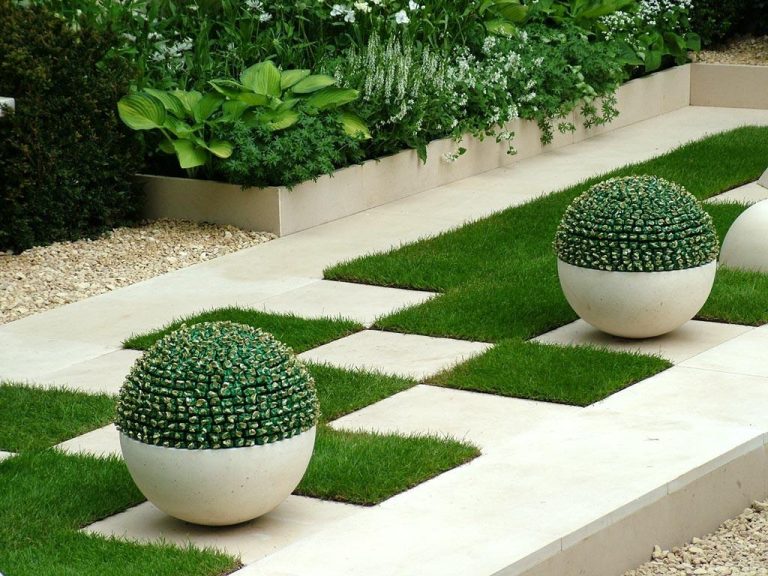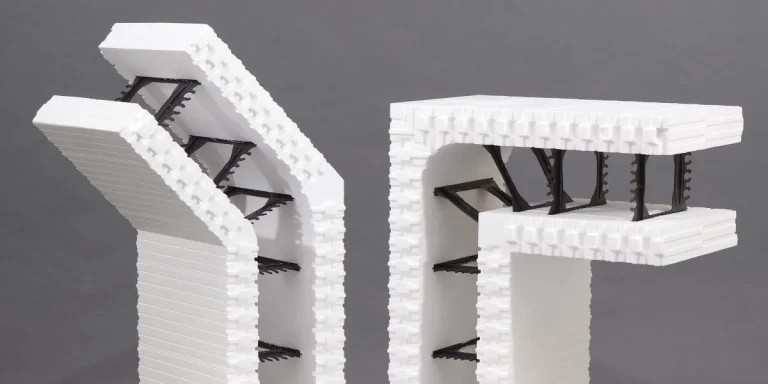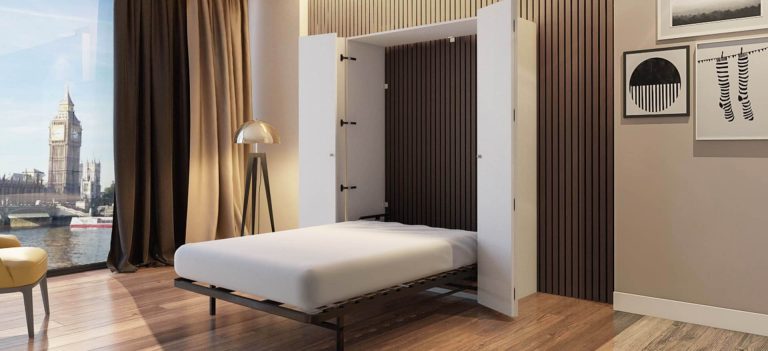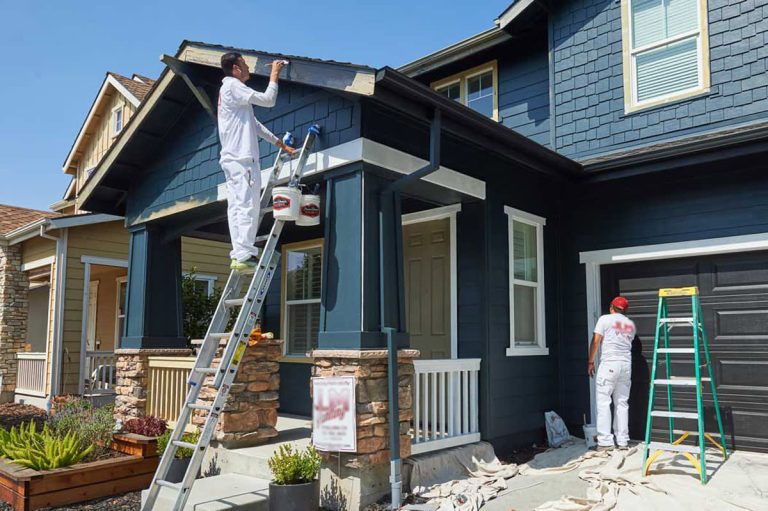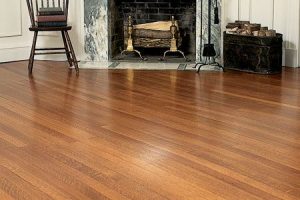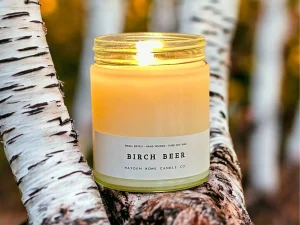Skirting boards, also known as baseboards, are a common...
Landscaping goes past simple feel; it assumes a vital...
Introduction The function of property agencies is indispensable in...
Settled in the core of Jefferson Ward, Old Metairie...
You might have heard of air purifiers, which have...
In the domain of present-day construction, efficiency and supportability...
Purchasing a house is quite possibly of the main...
Wall beds or Murphy beds are a great way...
There is a big difference between having the right...
Painting your walls on your own can be a...


